[無料ダウンロード! √] silver leaf nightshade weed 447428-Silverleaf nightshade weed
Silverleaf nightshade Native to North America, silverleaf nightshade is a deeprooted summer growing perennial plant from the Solanaceae family It was first found in Australia in 1901 at Bingara, New South Wales and is now found throughout most parts of New South Wales, South East Queensland, Victoria, South Australia and Western AustraliaSilverleaf nightshade ( Solanum elaeagnifolium ) Print Search/browse other weeds Silverleaf nightshade grows in summer It grows in dense colonies and is very difficult to controlSilverleaf nightshade Class A noxious weed silverleaf nightshade Noxious weed seed and plant quarantine Negative On , CaptMicha from Brookeville, MD (Zone 7a) wrote This is horrible weed that pops up in flower beds You can pull

Silverleaf Nightshade Aggieturf
Silverleaf nightshade weed
Silverleaf nightshade weed-Silverleaf Nightshade, Solanum elaeagnifolium, Origin, Distribution, and Relation to Man1 J W BOYD,2 D S MURRAY,3 AND R J TYRL4 Silverleaf nightshade (Solanum elaeagnifolium) is a perennial weed that has become increasingly troublesome overAlso known as desert nightshade, melloncillo, prairie berry, silverleaf bitter apple, tomato weed, and trompilla The stems are erect, can grow up to 3 ft, and are covered with tiny, starshaped hairs (visible with x magnification) that make the stems appear graygreen or silver The stems are often covered with



Solanum Elaeagnifolium Silverleaf Nightshade Npin
The two weeds for this week, silverleaf nightshade ( Solanum elaeagnifolium) and nutsedge ( Cyperus esculentu s and Cyperus rotundus, aka yellowSolanum elaeagnifolium, the silverleaf nightshade or silverleaved nightshade, is a common native plant to parts of the southwestern USA, and sometimes weed of western North America and also found in South America Other common names include prairie berry, silverleaf nettle, white horsenettle or silver nightshadeThe two weeds for this week, silverleaf nightshade (Solanum elaeagnifolium) and nutsedge (Cyperus esculentus and Cyperus rotundus, aka yellow and purple nutsedge, respectively), are perennial plants, and control tactics are different than for annual weeds Both of these perennials have modified stems that lurk below the soil surface and make control especially tricky
Silverleaf nightshade is declared noxious in Arkansas, California, Hawaii, Idaho, and Nevada and is an "A"designated weed for quarantine in Oregon and Washington Carolina horsenettle is declared noxious in Alaska, Arizona (prohibited weed), Arkansas, California ("B"list), Hawaii, Iowa, and Nevada (USDANRCS, 19)At the San Benito County Weed Management Area's 16th Annual Continuing Education Seminar for Ranchers Silverleaf Nightshade (Solanum elaeagnifolium) Silverleaf nightshade, a deeprooted broadleaf perennial, is common throughout California to 3900 feet except in the North Coast, Klamath Ranges, and Great BasinSilverleaf nightshade within each region are in Appendix 1 Once established, silverleaf nightshade is very difficult to eradicate Keeping clean areas free of this weed is the most effective management action Where already established, coordinated control efforts are required for successful ongoing management of this species
Silverleaf nightshade is primarily a weed of agronomic crops, pastures, hay fields, and roadsides that is distributed throughout the southeastern United States Growth Habit upright and nonwoody Thorns or Spines present Approximate Flower Diameter larger Dominant Flower Color purple Flower Symmetry bilateral symmetry Leaf HairsWeed Busters How to Neutralize Silverleaf Nightshade Weed Treatment Series Silverleaf nightshade can be a serious weed problem in prairies, open woods and disturbed soils Ground Broadcast Spray Method Works Best On larger or heavily infested areas When to Apply Silverleaf nightshadeWeed Description A perennial from rhizomes with distinctive silver or grayish leaves and purple to blue flowers Silverleaf nightshade is primarily a weed of agronomic crops, pastures, hay fields, and roadsides that is distributed throughout the southeastern United States



Managing Invasive Nightshades Horsenettles In Natural Areas And Pastures Techline Invasive Plant News




You May Be Trying To Access This Site From A Secured Browser On The Server Please Enable Scripts And Reload This Page Turn On More Accessible Mode Turn Off More Accessible Mode Skip Ribbon Commands Skip To Main Content Turn Off Animations Turn On
SILVERLEAF NIGHTSHADE One of the most commonly occurring, flowering roadside weeds here is the one shown above It's worth taking a close look at the yellow, bananalike things in the blossom's center, as we do below You might guess that the bananas are the stamens' baglike, pollenproducing anthers Normally when a flower's anthers are matureLatin / Alternative Silverleaf Nightshade names Solanum elaeagnifolium Purple nightshade White horsenettle Tomato weedSilverleaf nightshade is a deep rooted, summer active perennial closely related to horticultural crops such as tomatoes and eggplants, making biological control problematic The extensive root system, up to several metres in width and depth, poses a large problem for control Silverleaf nightshade is a declared noxious weed
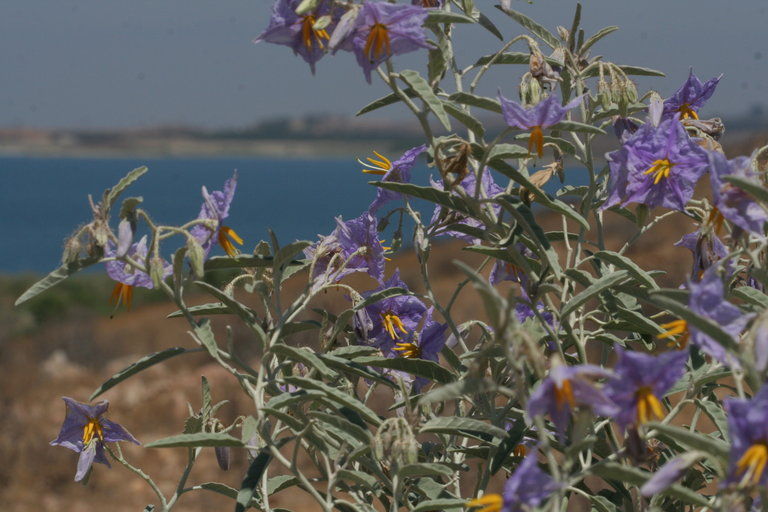



Silverleaf Nightshade Solanum Elaeagnifolium Idaho Fish And Game
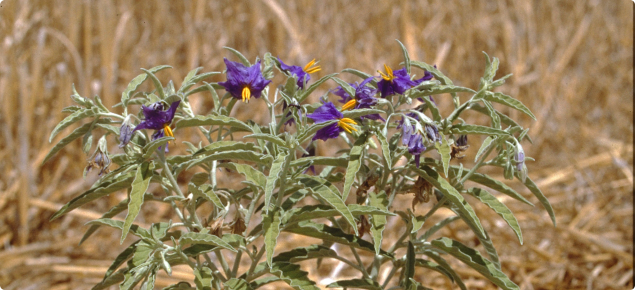



Silverleaf Nightshade Declared Pest Agriculture And Food
Silverleaf nightshade ( Solanum elaeagnifolium) is a weed that reduces production in crop and pasture enterprises throughout the Australian wheatsheep zone It is a longlived perennial plant with very deep, resilient rootsWeed of the Week Silverleaf Nightshade (Solanum elaeagnifolium) Silverleaf nightshade has foliage with gray or silvery appearance, violet, light blue or white flowers, and is 1 to 3 feet tall Stems are sparsely covered with short yellow thorns Leaves and stems have a dense silvery covering of hair Optimum time to spray with a herbicide is during bloomSilverleaf Nightshade This silverycolored perennial is a "prohibited noxious weed" in Arizona Its attractive, star shaped, violetblue flowers make one want to take a closer look at it, even put the flowers in a vase, until ones' fingers meet up with the plant's spiny stems and leaves Its leaves alternate, are jagged and narrow
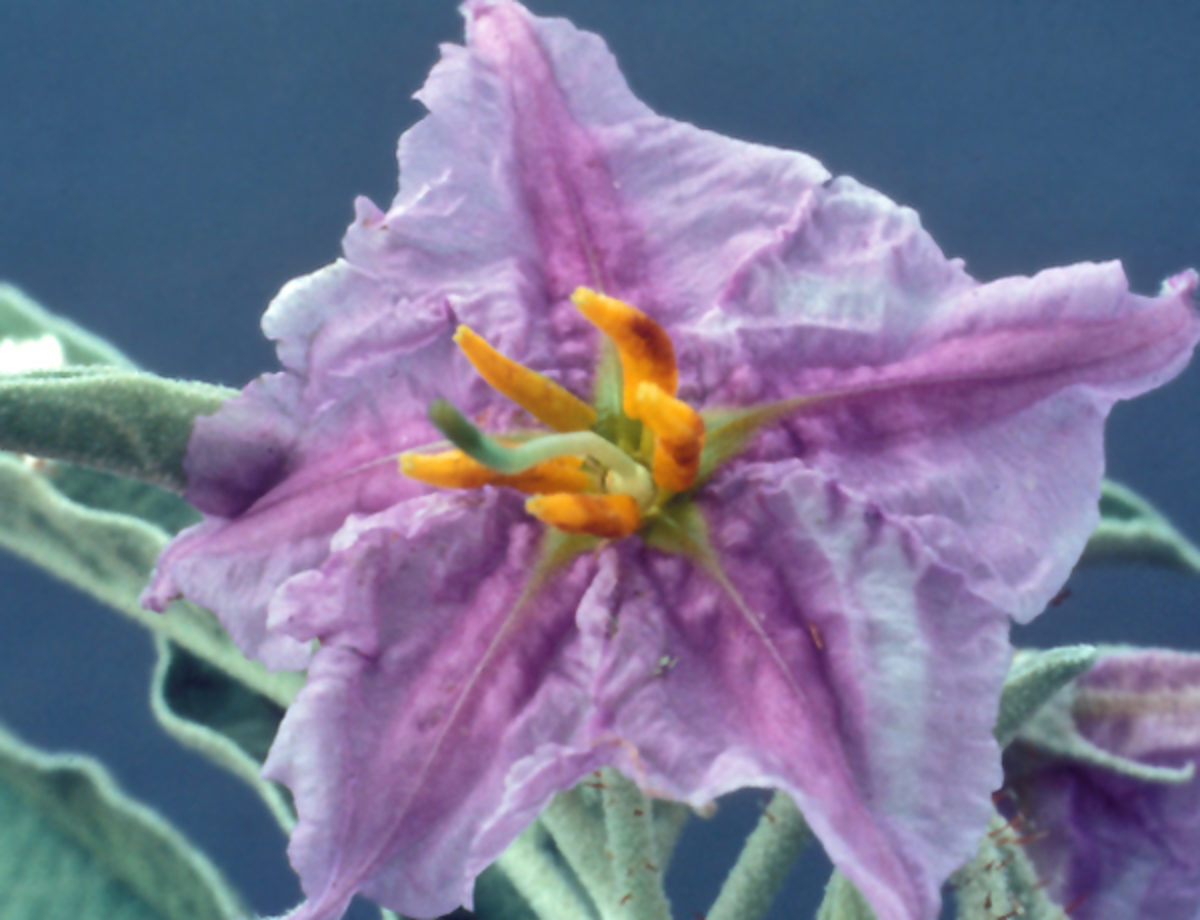



Washington State Noxious Weed Control Board



Silverleaf Nightshade February 11 Deer Canyon Folks
WSNWCB (08) Silverleaf nightshade (trompillo) is a plant that grows in northern Mexico and the southwestern United States This plant is considered a weed with negative impact on agriculture and livestock production However, the ripe berries of this plant have been used by ancient Pima Indians as a substitute of rennin in making cheeseSilver Leaf Nightshade (Solanum elaeagnifolium Cav) is an upright, usually prickly perennial in the nightshade familyIt normally grows 1 to 3 feet tall and reproduces by seed and creeping root stalks Leaves have a silver color (hence the name) with wavy margins and are lance shaped to narrowly oblong• Controlling silverleaf nightshade is not a onetime job You may need to retreat from time to time L5463 1/05 How to Neutralize Silverleaf Nightshade Safe and effective threestep ways to control silverleaf nightshade Weed Treatment Series Robert K Lyons, Extension Range Specialist, Uvalde Charles R Hart, Extension Range Specialist



Silverleaf Nightshade What S Blooming
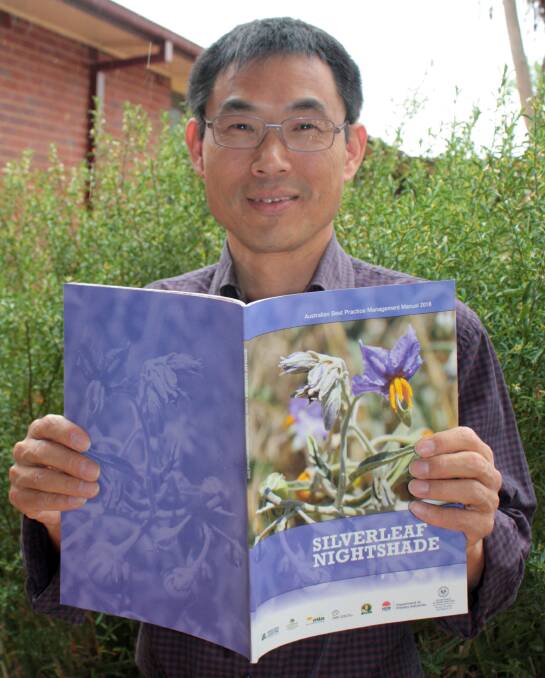



Take A Two Pronged Attack Against Silverleaf Nightshade The Land Nsw
Plants started with seed, 'seedlings', and established plants of silverleaf nightshade (Solanum elaeagnifolium Cav) were grown in the field under shade levels of 0, 47, 63, and 92% of full sunlight to determine vegetative, reproductive, and physiological responses to shadeDrymatter production of both 'seedling' and established plants declined markedly with increasing shade levelsSilverleaf nightshade (Solanum elaeagnifolium) is a serious problem weed in cultivation paddocks Once established, it is almost impossible to eradicate The plant's root system penetrates to a depth of more that 2 metres Chemical control if generally effective on new/small plants but results are sometimes unreliable on established plantsSilverleaf Nightshade Weed Killer Solanum elaeagnifolium Herbicide Previous Next Description of Nightshade, Silverleaf (Solanum elaeagnifolium) Silverleaf nightshade is a taprooting perennial that is very commonly found on roadsides in Texas It can grow up to 3 feet in height and has a beautiful purple flower on top of the silveryleafed




Solanum Elaeagnifolium Silverleaf Nightshade Purple Nightshade White Horsenettle Tomato Weed Trompillo Southeastern Arizona Wildflowers And Plants




You May Be Trying To Access This Site From A Secured Browser On The Server Please Enable Scripts And Reload This Page Turn On More Accessible Mode Turn Off More Accessible Mode Skip Ribbon Commands Skip To Main Content Turn Off Animations Turn On
Silverleaf nightshade (Solanum elaeagnifolium)Author Tim Prather, University of Idaho, Department of Plant, Soil, and Environmental Sciences Adapted from Idaho Weed Resource webpage on silverleaf nightshade Identification and Life Cycle Silverleaf nightshade (Solanum elaeagnifolium) is a perennial in the nightshade family (Solanaceae) that grows up to 3 feet tallSilverleaf nightshade (Solanum elaeagnifolium Cav) is a native perennial plant that is often considered a noxious weed to most landowners, due to its toxicity to livestock and ability to reduce forage yields Silverleaf nightshade has been difficult to control due to its intricate root system and high tolerance to many herbicidesSilverleaf Nightshade Common name Silverleaf Nightshade Latin name Solanum elaeagnifolium Cav Family Solanaceae Life Cycle Perennial Type Broadleaf Description Perennial oblonglancelolate leaves 35 times long as wide with wavy margins and velvety upper leaf surface Corolla can be purple, blue, or white




Silverleaf Nightshade Aggieturf




Solanum Elaeagnifolium Silverleaf Nightshade Purple Nightshade White Horsenettle Tomato Weed Trompillo Southeastern Arizona Wildflowers And Plants
Silverleaf nightshade Description Silverleaf nightshade is an upright, usually prickly perennial in the Potato or Nightshade family It Habitat Silverleaf nightshade is a serious weed of prairies, open woods and disturbed soils in southwestern United Toxic Agent This plant has reportedlySilverleaf nightshade 1 WRITTEN FINDINGS OF THE WASHINGTON STATE NOXIOUS WEED CONTROL BOARD (December 1999) Scientific Name Solanum elaeagnifolium Cav Common Name Silverleaf nightshade Family Solanaceae Legal Status Class A Description and Variation Silverleaf nightshade is a branched, deeprooted, perennial herb, 1 to 4SilverLeaf Nightshade flowers from late spring into fall and is native to the Southwestern United States and into Mexico It is considered a noxious weed in many states SilverLeaf Nightshade is poisonous and toxic to livestock SilverLeaf Nightshade propagates from both rhizomes and seed found in berries
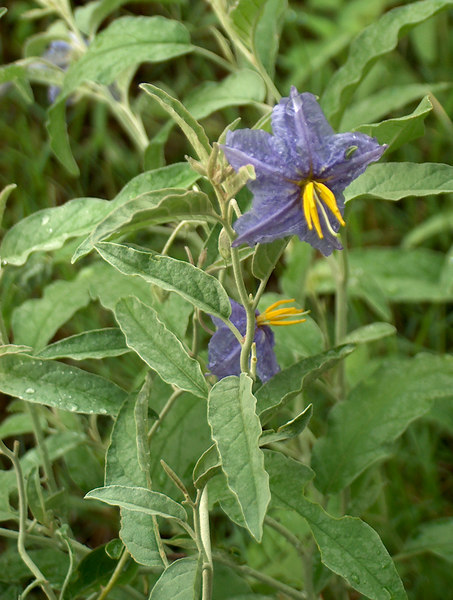



Silverleaf Nightshade A Hairy Weed Biology 4 Me
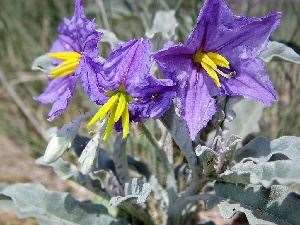



Silverleaf Nightshade Weed Management Farms Com
During a recent survey, it was listed as a priority environmental weed in four Natural Resource Management regions The typical silverleaf nightshade is an erect, multistemmed perennial plant growing up to 60cm The leaves are 510 cm long, have wavy edges and are silverygreen with a paler undersurfaceSilverleaf nightshade is not palatable to most horses, however, they will consume it when it is located in an overgrazed field Silverleaf Nightshade is a common weed throughout North America which contains the glycoalkaloid solanine, a toxin that can cause disturbances in the gastrointestinal and central nervous systemsImpact Impact on ecosystems and waterways Silverleaf nightshade is primarily a weed of agriculture and cropping The weed's Agricultural and economic impacts Silverleaf nightshade is a direct competitor to summer growing crops and pastures Social value and health impacts Being a fairly small




Solanum Species Bull Nettle Devil S Tomato Olive Leaf Nightshade Silverleaf Nightshade Solanum Elaeagnifolium




Silverleaf Nightshade Flora And Fauna Of The Rio Grande Valley Inaturalist
Effect of time of immersion in running and still water on the germination of silverleaf nightshade Pages 372 – 378 in Proc of the First Conference of the Council of Australian Weed Science Societies Melbourne Council of Australian Weed Science SocietiesGoogle ScholarKey to weeds in turf Silverleaf nightshade, a deeprooted broadleaf perennial, is common throughout California to 3900 feet (10 m) except in the North Coast, Klamath Ranges, and Great Basin It is particularly widespread in California's desert valleys, especially in poorly managed fieldsAbout Nightshade Weeds The nightshade family has many members, all having toxic properties While some nightshade plants include those in which we commonly cultivate in gardens, like tomatoes and potatoes, it's the weedy, creeping varieties that are most likely to cause issues in the landscape Some of the more common of these nightshade



Silverleaf Nightshade Declared Pest Agriculture And Food




Silverleaf Nightshade Flora And Fauna Of The Rio Grande Valley Inaturalist
Silverleaf nightshade (Solanum elaeagnifolium Cav) is a noxious weed that threatens agricultural productivity and biodiversity worldwideThe longterm management of soil seedbanks along with the aboveground populations of silverleaf nightshade has the potential to effectively control the species in its introduced rangeContact 1102 East FM 1294 Lubbock, TX ;1102 East FM 1294 Lubbock, TX ;




Weed Identification Silver Leaf Nightshade



Nsw Weedwise
Silverleaf nightshade (Solanum elaeagnifolium) is a perennial subshrub native to the American Southwest, southern states, Mexico, and South America It's a member of the Solanaceae, thus a relative of tomatoes, potatoes, tomatillos, eggplant, and tobacco, as well as weeds such as tree tobacco, black nightshade, and hairy nightshadeSilverleaf nightshade is a weed of national significance and is identified as being invasive, having the potential for widespread environmental, social and economical damage Landowners and land managers at all levels are responsible for actively managing this weed Silverleaf nightshade isSilverleaf nightshade is difficult to control with herbicide because of its root system Please refer to the PNW Weed Management Handbook, or contact your county noxious weed coordinator See our Written Findings for more information about silverleaf nightshade ( Solanum elaeagnifolium )



Horse Nettle




Plants Of Texas Rangelands Silverleaf Nightshade
Hand pulling is the best option to manage Silverleaf Nightshade Clipping or mowing this weed will only allow it to regrow Make sure to include summer cereal into your crop rotation due to the fact that they are tolerant to herbicides that need to be used on Silverleaf NightshadeMapping and monitoring an invasive alien plant in Tunisia silverleaf nightshade (Solanum elaeagnifolium) a noxious weed of agricultural areas Tunisian Journal of Plant Protection 11 (2), http//wwwtjpptn/SiteWeb/CurrentIssue/TJPP22pdfSolanum elaeagnifolium silverleaf nightshade spines on fruit Even the fruit produce spines on their sepals Solanum elaeagnifolium silverleaf nightshade cluster of interconnected plants Silverleaf nightshade is a weed with a deep taproot that allows it



Solanum Elaeagnifolium Silverleaf Nightshade Southwest Desert Flora




Silverleaf Nightshade Can Be Beaten Weedsmart
Silverleaf nightshade (better known in South Africa by its Afrikaans common name, satansbos), a plant indigenous to the southwestern USA and northern Mexico, has annual stems and a perennial, deep, spreading root system In South Africa, satansbos is a major agricultural weed of arable and pastoral lands, and not a true invader ofSilverleaf nightshade (Solanum elaeagnifolium) is a weed that reduces production in crop and pasture enterprises throughout the Australian wheatsheep zone It is a longlived perennial plant with very deep, resilient roots It grows during spring and summer and uses valuable moisture and nutrients needed for following crops and pastures CropCultivation is more likely to spread the weed than control it because fragments just 1 cm in length are capable of forming a new plant Silverleaf nightshade is easily spread on machinery and can establish new plants from very small root fragments Photo Rex Stanton




Silver Leaf Nightshade Weed Identification Brisbane City Council



Silverleaf Nightshade February 11 Deer Canyon Folks




Solanum Elaeagnifolium Silverleaf Nightshade Purple Nightshade White Horsenettle Tomato Weed Trompillo Southeastern Arizona Wildflowers And Plants




Washington State Noxious Weed Control Board



Nsw Weedwise
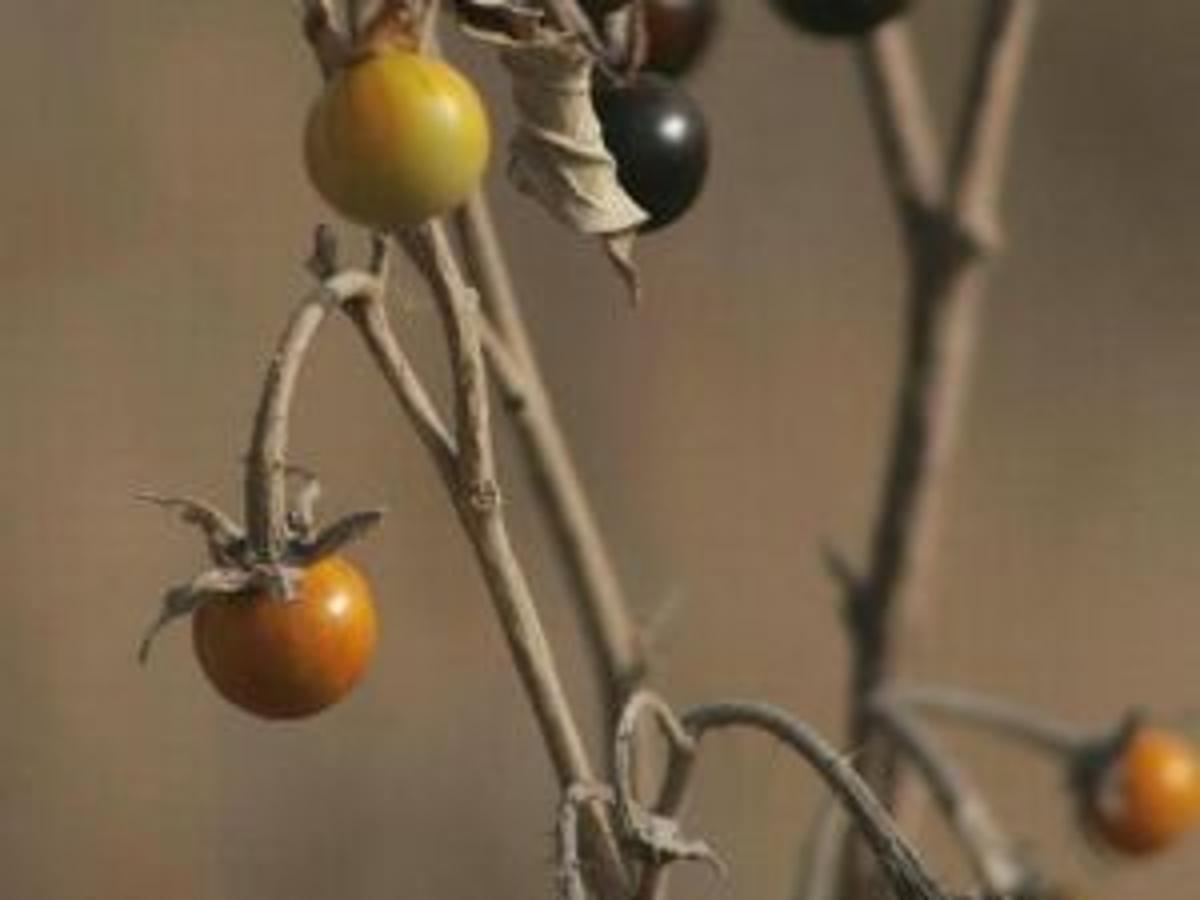



Silverleaf Nightshade Outdoors Tulsaworld Com




Washington State Noxious Weed Control Board




Managing Invasive Nightshades Horsenettles In Natural Areas And Pastures Techline Invasive Plant News
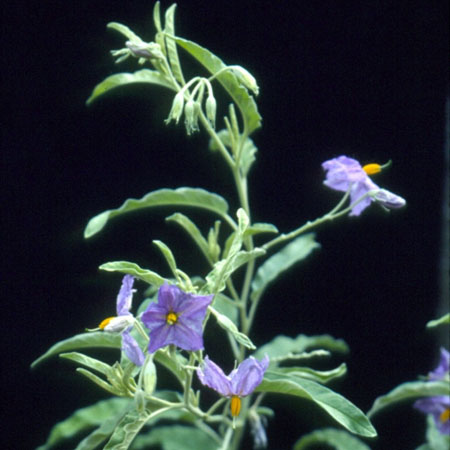



Silverleaf Nightshade Solanum Elaeagnifolium Canadian Food Inspection Agency



1 A Silver Leaf Nightshade Solanum Elaeagnifolium Plants Produce Download Scientific Diagram



Silverleaf Nightshade Solanum Elaeagnifolium North West Weeds




Silverleaf Nightshade Nearly Indestructible Uc Weed Science Anr Blogs



Silver Leaf Nightshade



Silverleaf Nightshade Solanum Elaeagnifolium North West Weeds




Diversity Of Silverleaf Nightshade In Australia And Implications For Management Semantic Scholar
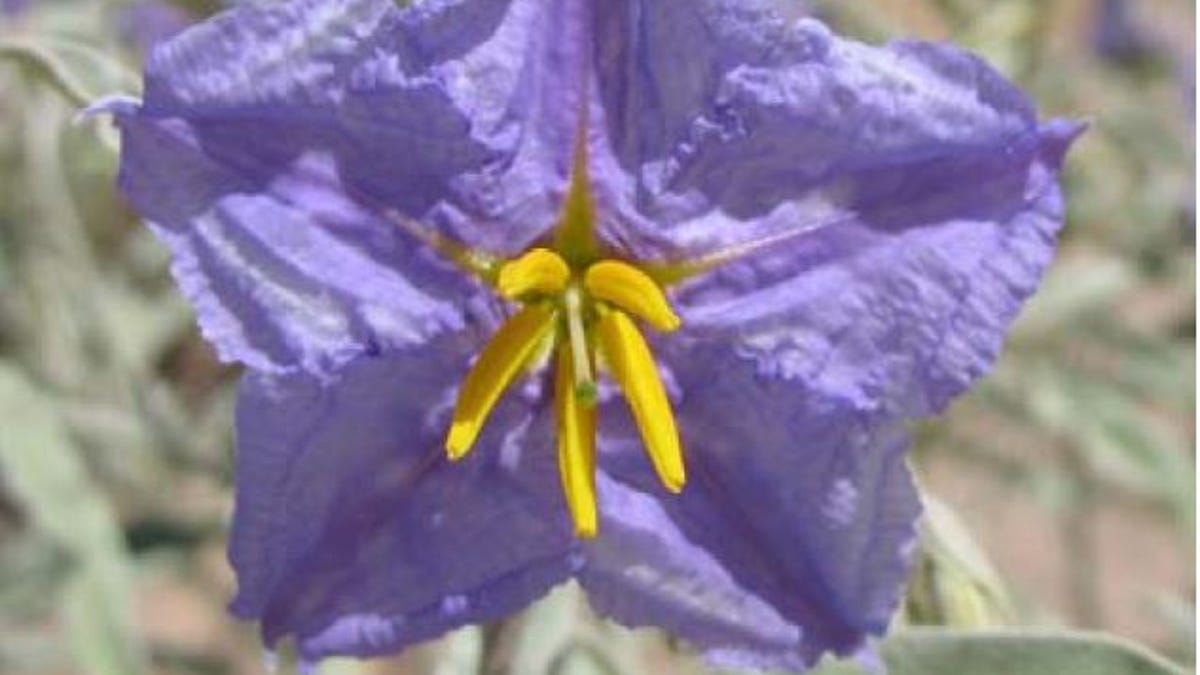



Controlling Perennial Weeds Silverleaf Nightshade And Nutsedges




Washington State Noxious Weed Control Board




Silver Leaf Nightshade Weed Identification Brisbane City Council



Nsw Weedwise




Silverleaf Nightshade Solanum Elaeagnifolium Cav Silverle Flickr




High Desert Pest Weed Control The Most Common Nightshade In The Verde Valley Is The Silver Leaf Nightshade It Competes For Water With Crops And Crowds Them Out And Its




Silverleaf Nightshade The Beauty Is A Beast Southwest Gardensmith




Silverleaf Nightshade Toxic Youtube




Silver Leaf Nightshade Weed Identification Brisbane City Council




Plants Of Texas Rangelands Silverleaf Nightshade
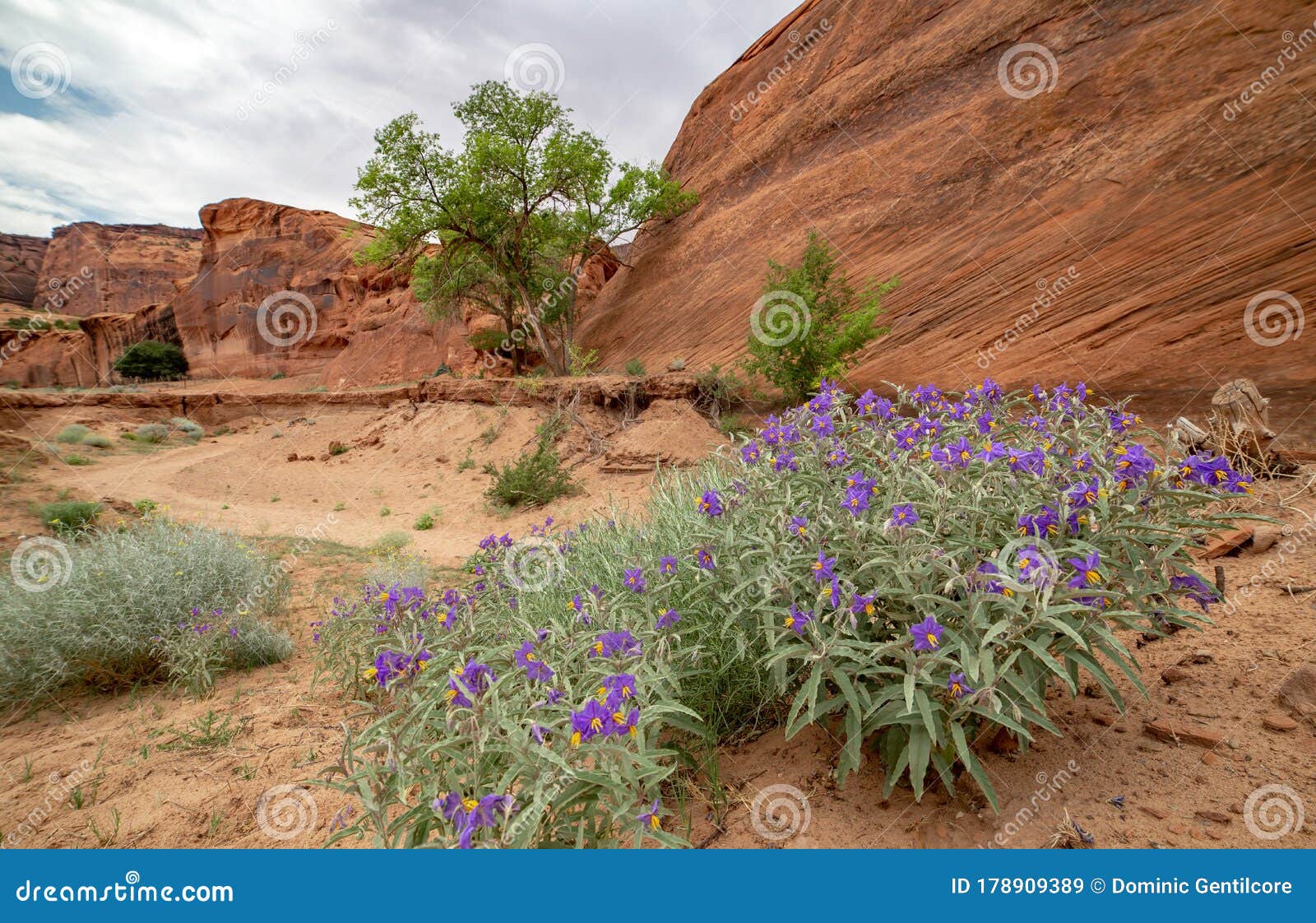



Solanum Elaeagnifolium Photos Free Royalty Free Stock Photos From Dreamstime



2



Silverleaf Nightshade Declared Pest Agriculture And Food




Solanum Elaeagnifolium Wikipedia




Silver Leaf Nightshade Department Of Primary Industries Parks Water And Environment Tasmania



Plants Silverleaf Nightshade
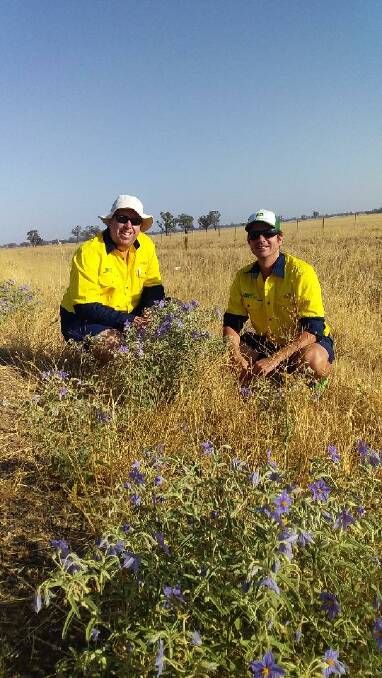



Silverleaf Nightshade Alert The Land Nsw



2




Silverleaf Nightshade Upper Highland Lakes Nature Center
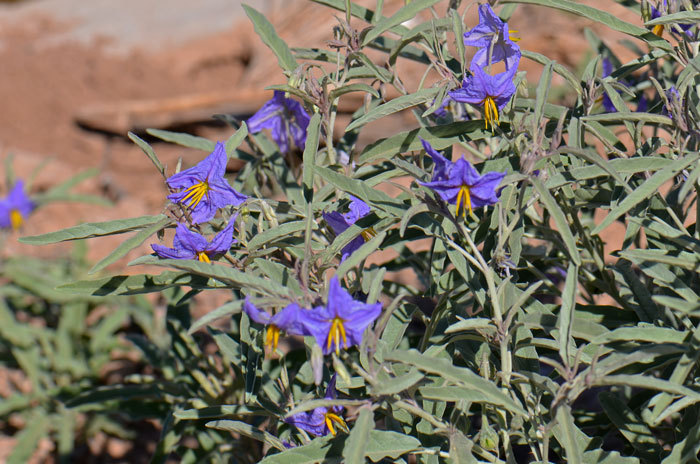



Texas Witchery Silverleaf Nightshade Trompillo Solanum
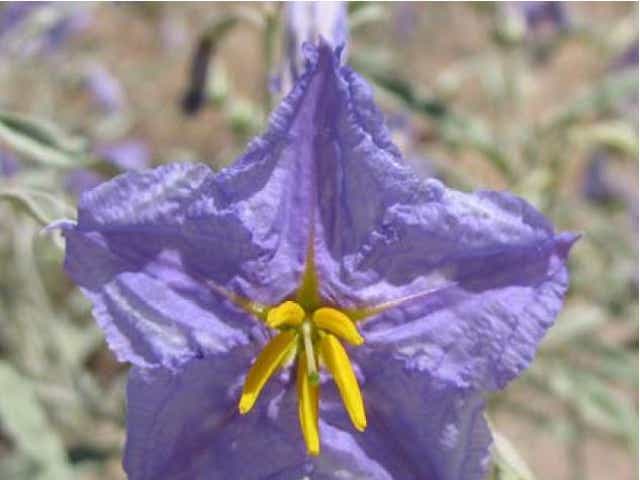



Controlling Perennial Weeds Silverleaf Nightshade And Nutsedges




Washington State Noxious Weed Control Board




Managing Invasive Nightshades Horsenettles In Natural Areas And Pastures Techline Invasive Plant News




Silverleaf Nightshade



Snow On The Mountain




Vegetation Around Las Vegas Silverleaf Nightshade Solanum Elaeagnifolium



Solanum Elaeagnifolium Silverleaf Nightshade Southwest Desert Flora




Controlling Silverleaf Nightshade Farm Online Australia




Washington State Noxious Weed Control Board
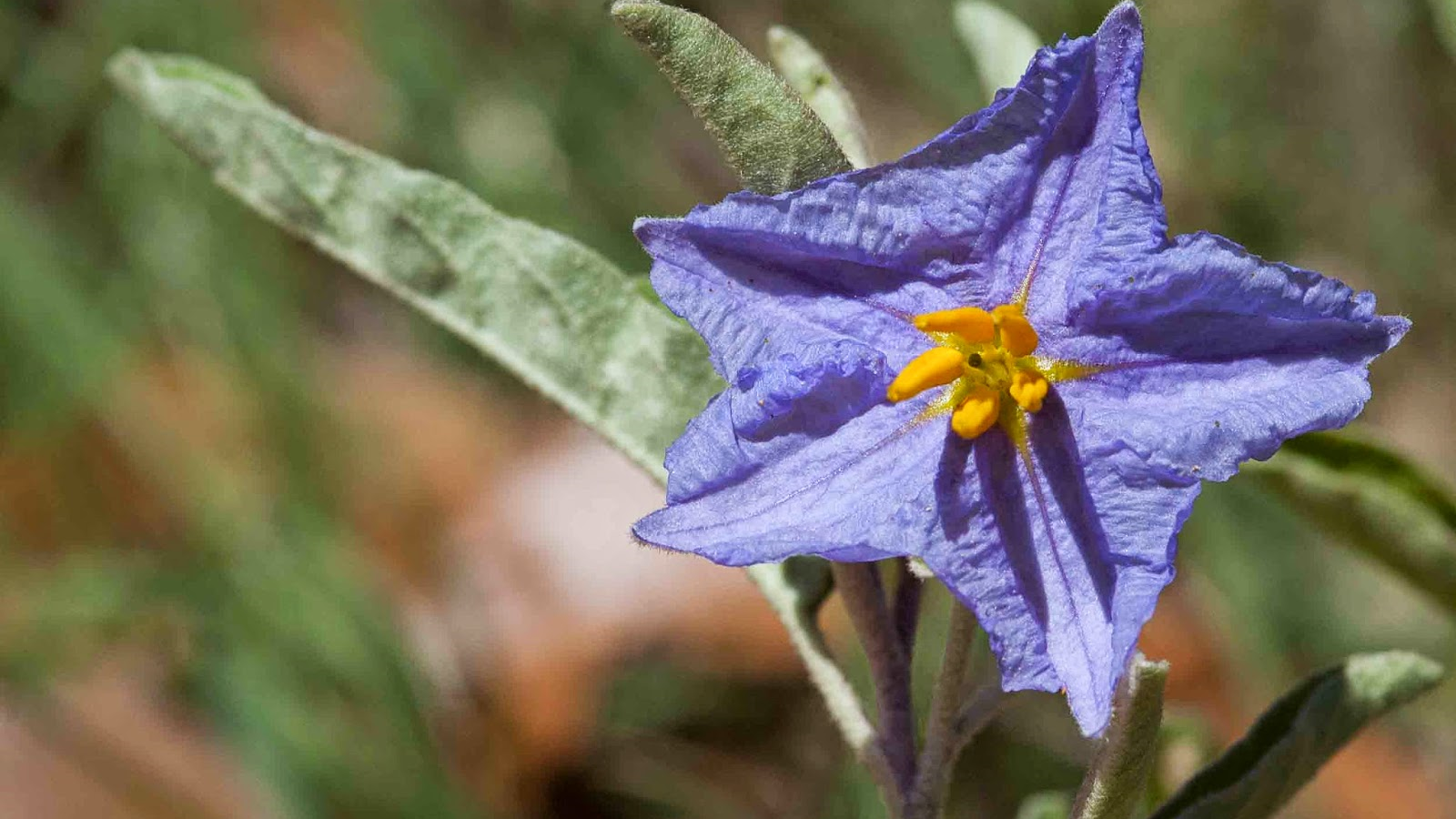



Silverleaf Nightshade Weed Killer Lawn Dork



Solanum Elaeagnifolium Silverleaf Nightshade Npin



Western Horsenettle Silverleaf Nightshade Poisonous The Goat Spot Forum



Silverleaf Nightshade Silver Leaf Nightshade White Horse Nettle Trompillo Tomato Weed Solanum Elaeagnifolium Cav



2
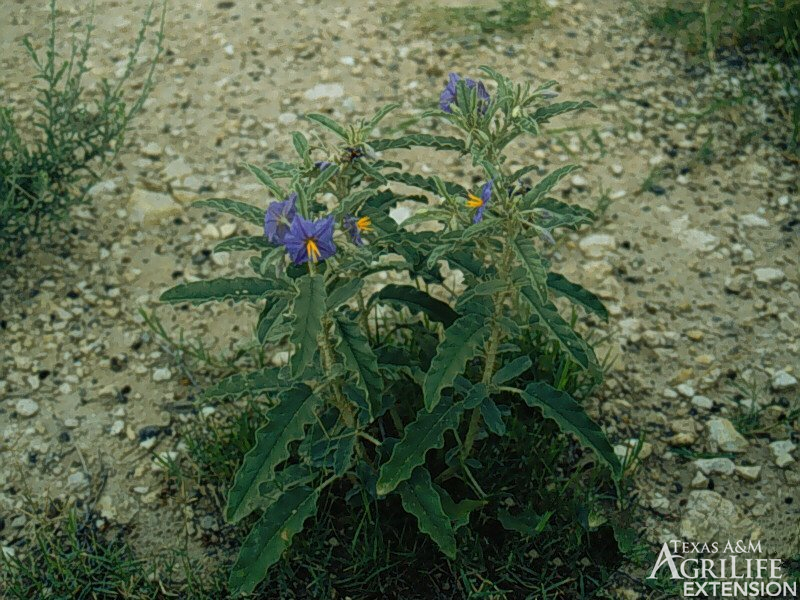



Plants Of Texas Rangelands Silverleaf Nightshade




Weed Identification Silver Leaf Nightshade




Weed Identification Silver Leaf Nightshade



White Silverleaf Nightshade
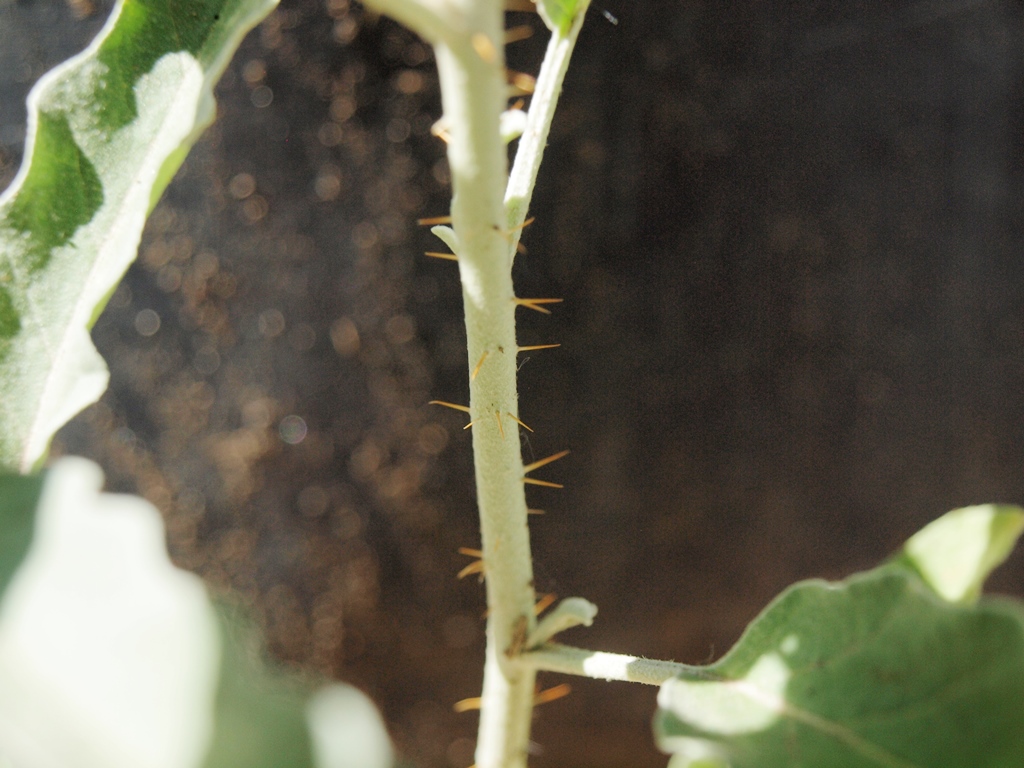



Silverleaf Nightshade The Beauty Is A Beast Southwest Gardensmith



Silverleaf Nightshade Priority Weeds Weeds Biosecurity Agriculture Victoria




Pdf Host Specificity Of Ditylenchus Phyllobius A Potential Biological Control Agent Of Silver Leaf Nightshade Solanum Elaeagnifolium Cav In Australia




Silverleaf Nightshade Fruit Solanum Elaeagnifolium The Firefly Forest




Weed Busters How To Neutralize Silverleaf Nightshade



Silver Leaf Nightshade Control




Silver Leaf Nightshade Weed Identification Brisbane City Council



Silverleaf Nightshade Silver Leaf Nightshade White Horse Nettle Trompillo Tomato Weed Solanum Elaeagnifolium Cav




Well Big Problem In My Plans Silver Leaf Nightshade The Goat Spot Forum



Solanum Elaeagnifolium Silverleaf Nightshade Southwest Desert Flora
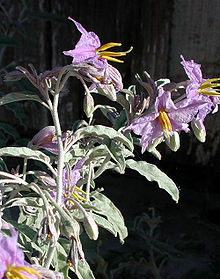



Solanum Elaeagnifolium Wikipedia



Silverleaf Nightshade Nearly Indestructible Uc Weed Science Anr Blogs
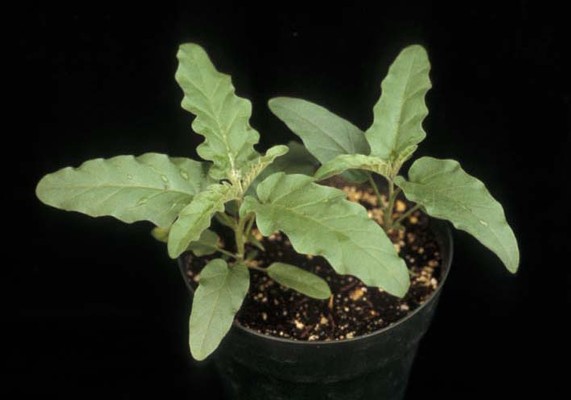



Silverleaf Nightshade Mizzou Weedid



2




Silverleaf Nightshade Declared Pest Agriculture And Food




Silver Leaf Nightshade Weed Identification Brisbane City Council
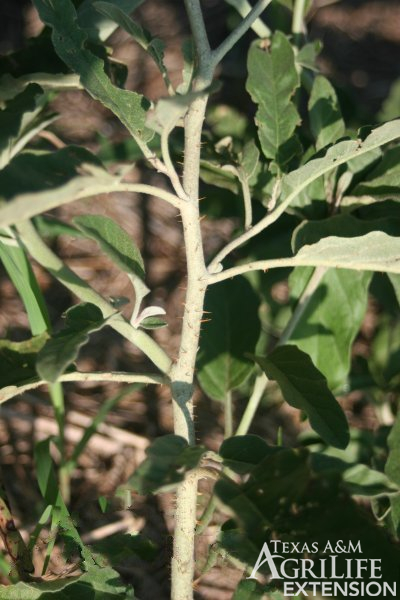



Plants Of Texas Rangelands Silverleaf Nightshade
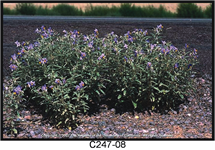



Silverleaf Nightshade Solanum Elaegnifolium




Silverleaf Nightshade Can Be Beaten Weedsmart




Silverleaf Nightshade Declared Pest Agriculture And Food
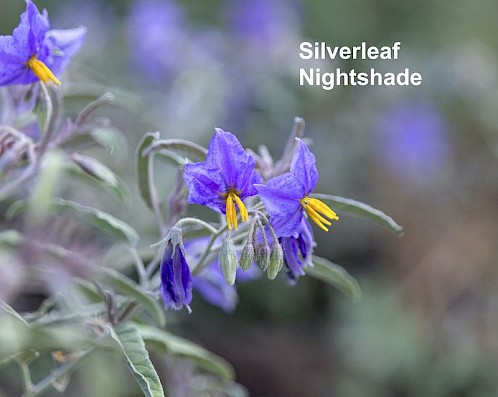



Some Weeds Are Dangerous To Your Health
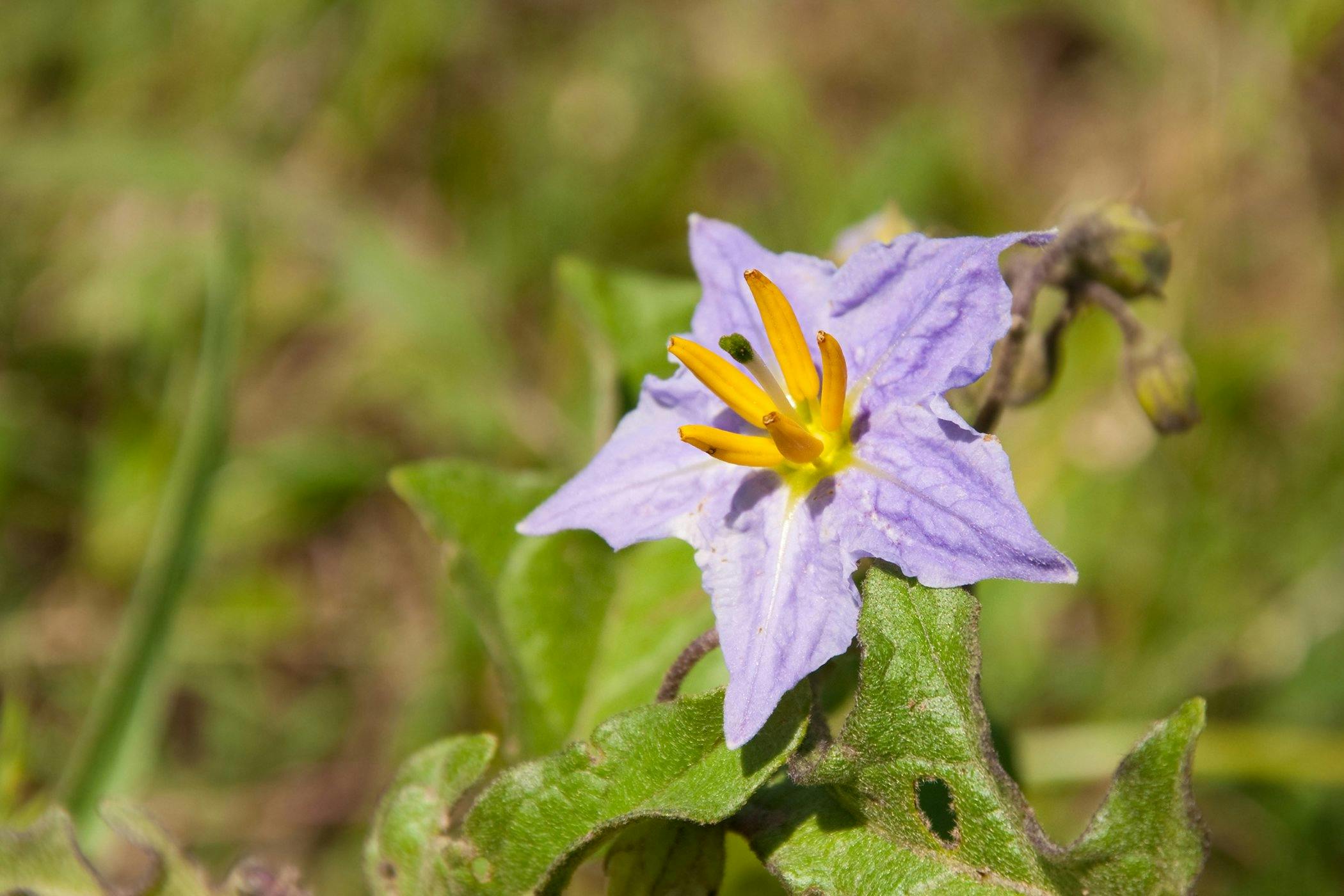



Silverleaf Nightshade Poisoning In Horses Symptoms Causes Diagnosis Treatment Recovery Management Cost
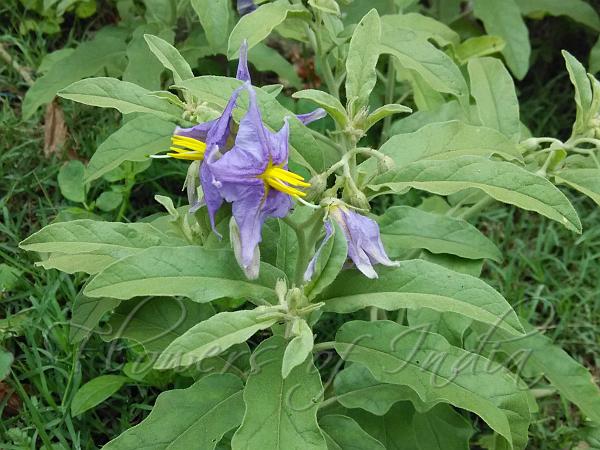



Solanum Elaeagnifolium Silverleaf Nightshade




Silverleaf Nightshade Solanum Elaeagnifolium




Vegetation Around Las Vegas Silverleaf Nightshade Solanum Elaeagnifolium



Solanum Elaeagnifolium Silverleaf Nightshade Southwest Desert Flora



Solanum Elaeagnifolium Silverleaf Nightshade Native Plants Of North America
コメント
コメントを投稿